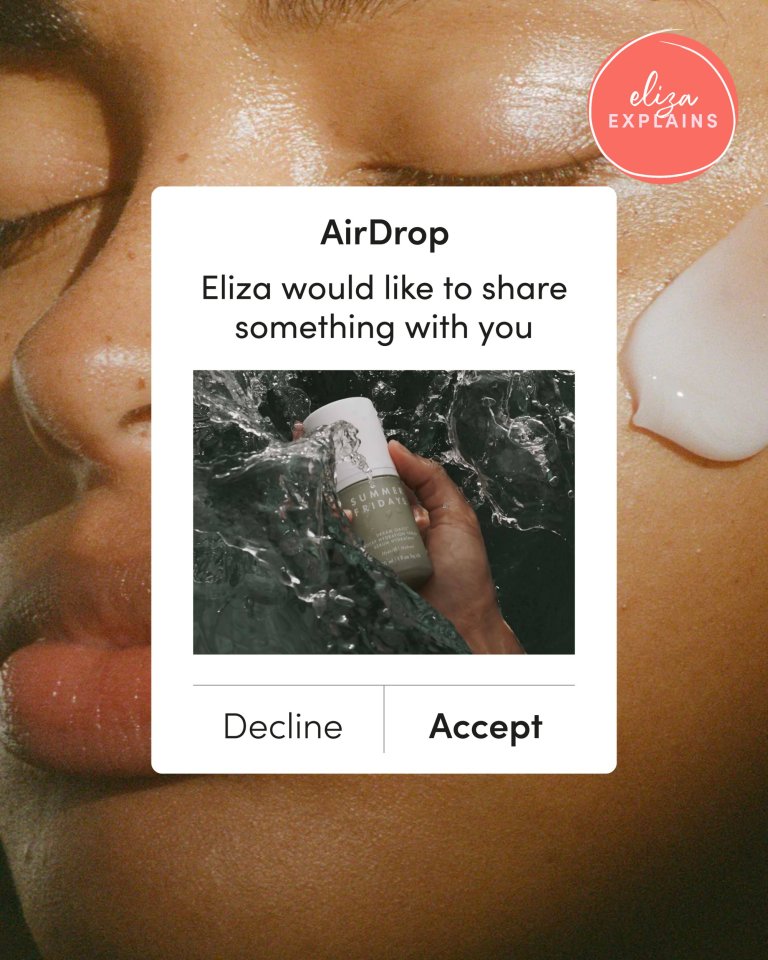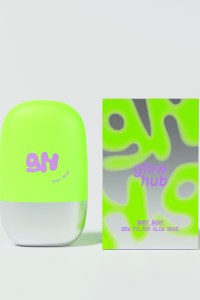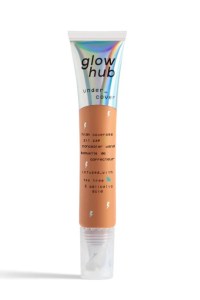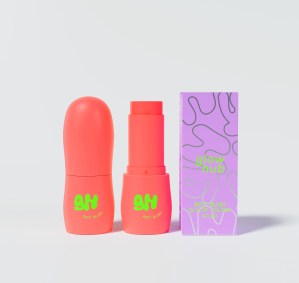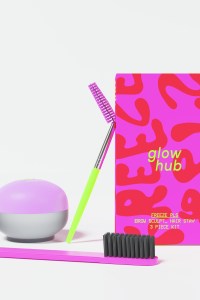10-step routines, slugging, moisture sandwiching – if there’s one thing I’ve learned about the skincare industry since working in beauty, it’s that we love a good slogan.
I’ll be honest, I’m not always the first to jump on a skincare trend when I see it on social media. Put it down to a combination of my distrust for pseudo-skincare marketing and freaking my skin out in the past by doing way too much.
But when I started seeing videos about skin cycling on TikTok, I was a little more optimistic about this skincare trend than usual, most likely because it just seemed like good common sense.
The soaring popularity of this skincare technique also coincided with my hormonal acne making a very unwelcome reappearance after a year of having relatively clear skin, once again thrusting me into the throes of desperation (read: I’ll try anything once).
Below, read all you need to know about skin cycling and whether or not it lived up to its promises when I tried it out.
What is skin cycling?
While the theory of skin cycling has been recommended by dermatologists in some form or another for years, the trend got the attention of Tiktok after Dr Whitney Bowe posted a video explaining the technique and how to get started.
Since then, the trend has exploded, with people documenting their skin cycling journeys and sharing which products they consider the absolute holy grail to incorporate into this routine.
But what actually is it? Well, to clarify, I asked consultant dermatologist for CeraVe, Dr Alexis Granite for her intel.
“The concept of skin cycling applies to a night-time routine and involves using specific active ingredients only on certain days, followed by ‘rest’ days,” says Dr Alexis.
“The rest phase allows the skin to repair and reduce the risk of irritation. A four-day cycle is the most popular, so using an active ingredient for 2 nights, followed by 2 nights of rest, then repeating, and so on.”
How do I start skin cycling?
In her video, Dr Whitney breaks down her advice for those starting skin cycling for the first time. She advises beginning with a 4-day skin cycle night-time ro.utine, which she breaks down into the below:
1st night: Exfoliation
- Cleanse – You want to use a gentle cleanser without any actives such as AHAs.
- Pat Dry
- Exfoliator – Dr Whitney recommends a chemical leave-on exfoliator as opposed to a physical scrub as these tend to be gentler on the skin barrier, but read about exfoliation here and choose what works best for you.
- Moisturiser
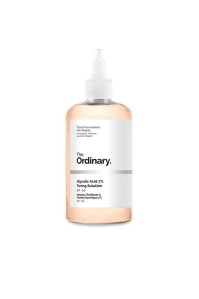
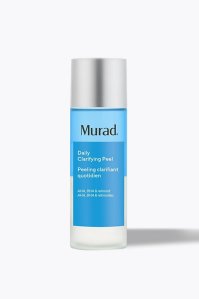

*Eliza may earn commission on sales from these product links
2nd night: Retinol
- Cleanse.
- Pat Dry – Dr Whitney stresses you don’t want damp skin before applying the retinol as this can sensitise skin further.
- Moisturiser – For sensitive skin types or those using retinol for the first time, apply moisturiser under your eyes, around the nasolabial folds area, below the corners of the mouth and on the neck to prevent dryness and irritation from occurring when you follow with the retinol.
- Retinol – Dr Whitney stresses “less is more” with retinol application, and that 1p should be enough to cover your entire face, a further 1p for your neck and 2p for your decolletage.
- Moisturiser again – After waiting a couple of minutes, if your skin feels like it still needs nourishing, apply some more moisturiser over the top of the retinol.
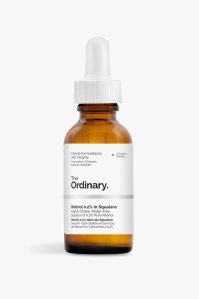
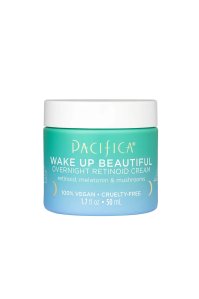
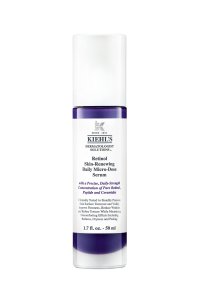
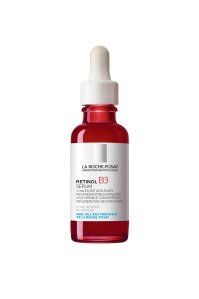
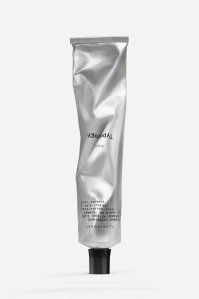

*Eliza may earn commission on sales from these product links
3rd and 4th night: Moisturiser
- Cleanse.
- Leave skin slightly damp.
- Use a hydrating serum – hyaluronic acid, glycerin, and niacinamide are ingredients recommended for this.
- Moisturiser – as with the serum, the more nourishing the formulation the better this will be for your skin barrier. Squalane, ceramides and hyaluronic acid are all good to look for.
- Oil (optional) – if your skin still feels like it needs a little extra something to combat dryness or tightness, finish off by applying a face oil such as rosehip or squalane on top of your moisturiser.
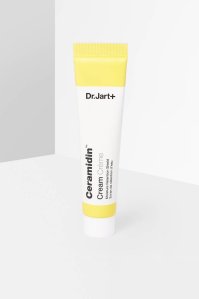
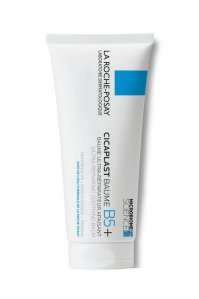

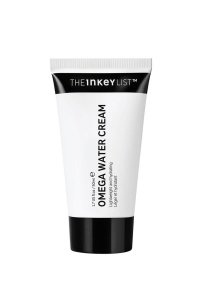
*Eliza may earn commission on sales from these product links
What should I do for my daytime routine when I’m skin cycling?
When it comes to the daytime routine, you want to keep it pretty straightforward.
Protection is, as always, of utmost importance when you’re using exfoliators and retinol products in the evening, as they will make your skin more sensitive to sun damage.
Avoid any fancy additions and stick to a morning cleanse with a gentle formula, a hydrating or brightening serum (such as a niacinamide or hyaluronic acid based one), a moisturiser and a high-protection SPF.
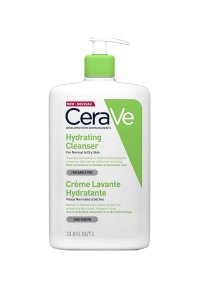
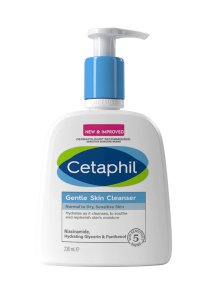
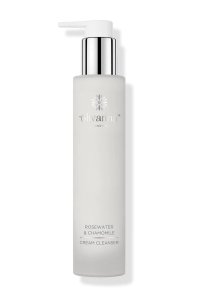

*Eliza may earn commission on sales from these product links
What are the benefits of skin cycling?
Skin cycling is a great routine to follow for a number of reasons.
Firstly, it’s a straightforward and easy-to-follow guide for those who are just getting started using actives in their skincare and don’t know where to start, laying out a step-by-step routine that can be followed every night.
Even for those of us who have been schooled in skincare for a while, it’s still easy to get carried away with the actives, which is where skin cycling steps in to put the breaks on over-exfoliation, mixing the wrong actives and general skincare over-zealousness.
Not only that, but I was seriously impressed to find that skin cycling did wonders for getting rid of my hormonal acne.
I’m not sure whether my skin just needed a hard reset or it was the perfect ratio of retinol, exfoliation and rest, but within a few weeks of sticking to the 4-day skin cycling routine, including my tretinoin subscription from Skin + Me, my acne (which was truly back with a vengeance) had completely gone and has yet to rear its head again.
These are the products that I used when skin cycling that I’d highly recommend, as well as some more affordable alternatives:
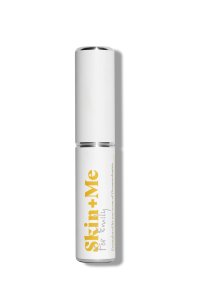

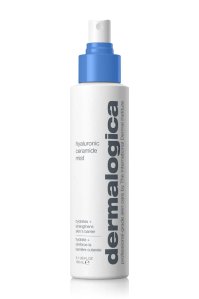
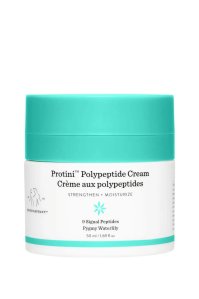

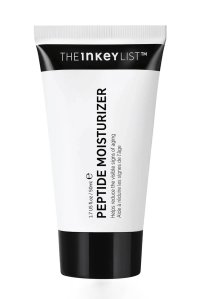
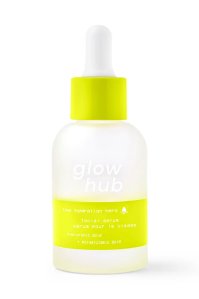
*Eliza may earn commission on sales from these product links
How long will it take for skin cycling to start working?
If you’ve got sensitive skin or are just starting out, you might be a bit apprehensive to dive right in, but Dr Alexis assures me that shouldn’t stop you. “Anyone can benefit from skin cycling, but particularly those with sensitive skin,” she says.
I asked her how skin cycling might work differently for people of different ages, and how long you can expect to wait before you start to notice results.
“The average skin cycle is 28 days. It may be shorter in teens (14-21 days) and grows longer as we age, reaching up to 60 days in our 50s and beyond,” she explains.
“There is no specific best/worst time in the skin cycle, but older cells (keratinocytes) dry out as they reach the skin’s surface and eventually become the stratum corneum. There is a continuous cycle of new skin cells being produced, so your skin always contains cells at various stages.”
The desired effect from retinol and exfoliation is to speed up the turnover of these newer cells, while helping to get rid of the old ones sitting at the top layer of your skin.
So while you might start to see better skin in a few weeks, Dr Alexis explains it will take around 6-8 weeks to see the real results come through.
I found that my acne started clearing up within the first few rounds of skin cycling, but the real test was when it didn’t come back the following month.
Safe to say, I’ll be cycling for the foreseeable future.
